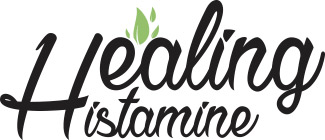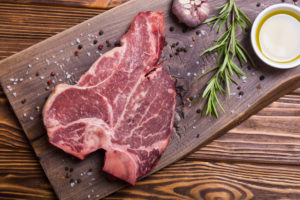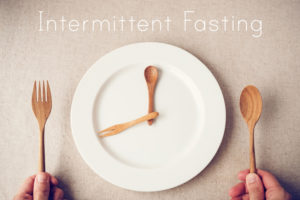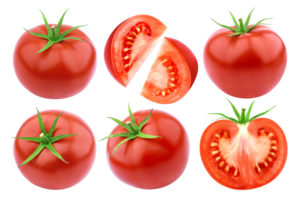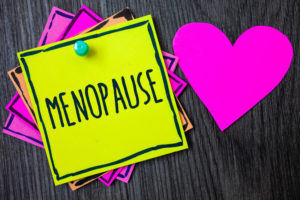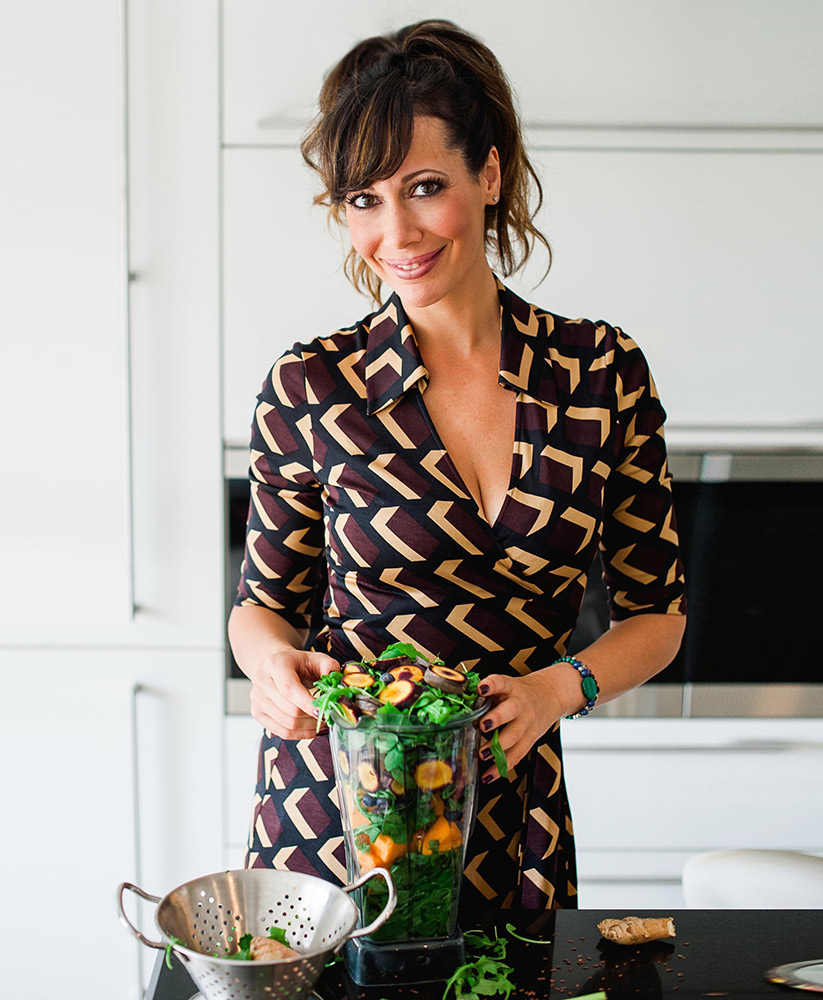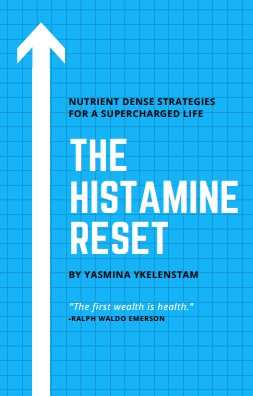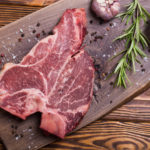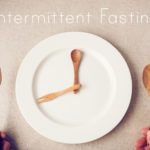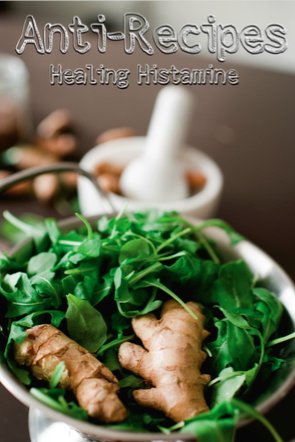Many of you will read the title of this post and think “D’oh! Of course lifestyle changes work for mast cell/histamine disorders!”
But would you believe that out of eight world renowned mast cell experts at the European Mastocytosis Conference patient Q & A session in London last week, none of them appeared to acknowledge that lifestyle and diet play a part in either the progression, regression or management of mast cell activation, mastocytosis, systemic mastocytosis and by extension (I would think), histamine intolerance (if indeed they believed it exists). (Click through to my FAQ to learn how mast cells, histamine intolerance and allergies are related).
And that dear friends is why I believe I seriously lucked out in first being diagnosed with histamine intolerance rather than mast cell activation. Why? Because it was impressed upon me that diet was the key to controlling symptoms. I was however eventually also told it wasn’t all about food – something I chose to ignore till my symptoms didn’t really resolve on the standard low histamine diet. (They got better at first but soon with each food I eliminated from my diet I grew sicker and sicker.)
But that’s old news.
Coming up with the recipes for my high nutrient antihistamine and anti-inflammatory booksgave me my life back, and as regular readers know, I’m now actually in the best health of my life!
The new news is that one of the world’s most respected mast cell experts, Dr Mariana Castells, was kind enough to grant me an interview. The even better news is that she believes, (wholeheartedly I might add), that lifestyle changes – exercise, diet and stress relief can cause a remission of mast cell symptoms. She told me a wonderful story (not unlike my own) in which a patient with systemic mastocytosis who wasn’t seeing the improvement she wanted from meds, chucked it all in: changed her life, diet, started exercising and traveling. She came back years later to relate to Castells that her symptoms were in remission and that she no longer took any meds for her systemic mastocytosis. This is not an isolated case. I’ll soon begin featuring recovery stories sent in by readers of this blog and also those of friends.
For those of you who don’t know, English is not Dr Castells’ mother tongue – she’s Spanish.
“In terms of systemic mastocytosis, and some with cutaneous mastocytosis, the most important things is to think about changing the lifestyle and the two most important pieces of the lifestyle are the exercise and the diet – interchangeably I mean, not one over the other,” Dr Castells.
She went on to cover something very close to my heart: that nutrition, rather any particular one type of diet is the critical component.
“The diet is critical and there is no single diet, so there are diets that will be good for a patient or not so good, grains, fruits, vegetables, any of that with antioxidants are tremendously good for patients – fats are not so good, said Dr Castells.
Surprised to hear me agree with her? While I credit diet with helping me heal, it wasn’t the low histamine diet that did so, but rather the very high nutrient diet I adopted just over a year ago. I believe that a diet rich in natural antihistamines helped me reach where I am now, though I concede that simply replacing the low nutrient foods with nutritionally excellent foods, be they antihistamine foods or not, has upped my intake of hundreds of phytonutrients that support my body as a whole. Throw in the placebo effect, because I’ve convinced myself it’s why I’m healing, and we’re cooking.
It’s so important to remember, as I say over and over, histamine is only ONE of many inflammatory elements released by mast cells (I’m shocked that some people don’t even know that histamine is already stored in our bodies!) and as such we’re better off eating any kind of diet does not cause inflammation in our bodies, regardless of what it is.
I didn’t have time to ask a follow up on the fats point – but I’m not really surprised she said that. And please, let’s be honest with ourselves. You may think you do ok with Chocolate Chunk Cookie Dough ice cream for breakfast, lunch and dinner, but we know better right?
And couch potatoes, time to get those sneaks on!
Dr Castells says that it’s important to “maintain a healthy lifestyle, which is at least 30-45 minutes of exercise per day like brisk walking, not running but jogging, swimming, and even dancing. I actually have patients who dance Zumba, it’s pretty heavy duty in decreasing calories, so those are the lifestyle changes that a patient with systemic mastocytosis needs to make in order to improve the quality of their life.”
But I’m too exhausted all the time? Can’t you just give me more meds instead?
“Fatigue doesn’t respond well to all the medications we use, even the more sophisticated ones – fatigue only responds to changes you make to your tissues through exercising or changes you make to your intestinal absorption by changing what you eat,” says Dr Castells.
I know many of us are scared to exercise. I know I was. This doesn’t mean you should run out and take a one hour aerobics class but rather that incremental steps may help train mast cells, giving more energy to build up to a routine that will in turn generate more energy.
Castells’ 20 years of seeing mastocytosis patients has shown her that if a patient comes to her with symptoms, and a digestive tract loaded with mast cells, it may well be time to completely change their approach to diet and exercise – because a clean break and a change in perspective could just be what the doctor ordered (sorry, couldn’t resist).
Interestingly the analogy Dr Castells used is one I often do myself – cancer induced inflammation, saying that genetic markers/similarities exist: “There is a tremendous inflammatory component. In cancer it’s harder to get that inflammatory component in check, but in mastocytosis, just by educating the mast cells to a certain level of activity, tremendously reduces that inflammatory component,” she said.
Yoga is an excellent inflammation busting exercise, there’s even a few studies on yogic pranayama breathing shown to lower histamine in particular.
Dr Castells recipe for health?
“My recipe, not as a physician, but as someone who has followed patients with mastocytosis over about 20 something years, and seeing it’s kind of evidence based, not published, but evidence based, the patients in which I have been most successful in treating are patients who make changes in exercise and diet, and need a few medications here and there. They’ll need protection with an epi pen, in case of anaphylactic events, they may still have days in which things are different, but the need for medications is lowered, the quality of life is dramatically increased and overall the disease in the great majority of patients is very stable,” she said.
Don’t miss part two of this interview where we cover:
1. The role of stress in mast cell disorders
2. How mast cell disorders can be misdiagnosed as psychiatric
3. The importance of managing your environment
4. How a positive attitude impacts prognosis
5. Why medication won’t help fatigue (and what you can do about it)
You’ll also find out the best kinds of exercise for histamine intolerance in my post here.
You’ll find a collection of all liquid high nutrient antihistamine and anti-inflammatory rich recipes for days when my histamine bucket overflowed in the new Anti-Detox book.
The Anti-cookbook, while it doesn’t treat any conditions, due to its high nutrient, antihistamine and anti-inflammatory ingredients, has been instrumental in helping me feed myself on a limited diet. It features a six page list of antihistamine and anti-inflammatory foods. It comes in regular and Paleo.
The Low Oxalate Cookbook features antihistamine and anti-inflammatory rich recipes.
Don’t miss the Low Histamine Beauty Survival Guide for non-toxic beauty tips, the skinny on histamine releasing (mast cell degranulating) beauty ingredients, antihistamine and anti-inflammatory beauty alternatives and the top brands natural brands I’ve found.
Take a peek at my other low histamine and antihistamine cookbooks for more high nutrient recipes.
If you’ve found this information useful I’d appreciate your support (at no extra cost to you!) – please check out my online store for your health foods, supplements, kitchen items and beauty product purchases. Affiliate sales through my online store go towards maintaining the website, funding travel to interviews and purchasing all the lovely foods for my free online recipes. You’ll find these items in the “Shop with us” drop down menu on my homepage.
Please don’t forget antihistamine, pain killing foods can still hurt us, so please always check with your doctor before adding new foods to your diet.
